Creating Swaraj: I created my first dance drama aged 19. Choreographing a cast of 40 to depict the independence of India was a life-changing project that allowed me to push the boundaries of people’s abilities. The cast was made up of supermarket workers, mechanics, beauty therapists, students and so on. The workshop-style sections took place throughout the day and the music was produced each evening for over two months. It was premiered at Watford Colosseum and the highlight was knowing the cast had introduced art into their everyday lifestyle, whether it was pursuing acting as a career or joining regular dance classes.
Seeing Kattam Kati: I was blown away by the incredibly innovative Kathak choreography of this production. My first experience through a classical medium immediately made me feel connected to Gujarat. I’m grateful to now be cast as a dancer for Pagrav’s Kattam Katti, created and choreographed by acclaimed dance artist Urja Desai Thakore. Being a part of this work has allowed me to harness and explore the Kathak boundaries, but also work with an incredible choreographer and connect to my Gujarati culture through Kathak, which I have never been able to access before. It has also given me a new outlook on contemporary ideas in a traditional form.
Creating Rangeelu Gujarat: As one of the directors of Red Lotus CIC, our biggest accomplishment has been Rangeelu Gujarat, a twoday cultural exhibition attended by 27,000 people. The exhibition was to showcase cultural roots and create a sense of pride in young British Gujaratis of their cultural identity. We were able to host more than 70 international and national artists. Standing in the middle of the field seeing all those people there to support the work we had put together is a highlight in my career.
Maati House: I run a dance school that focuses on cultural heritage through performing arts. Recently, I have re-named the school from Mira Performing Arts to Maati House. After nine years, this change has allowed me to correctly portray the work that is being produced in the company. I run regular classes and there is a moment in each one when a student achieves something more than they thought they were capable of. Being a part of that process and for them to learn a medium of self-expression, is a privilege.
Meeting Kumudini Ben Lakhia: One of my most memorable moments was meeting the ultimate maestro of Kathak. I had the privilege to learn from her for a workshop organised by Milapfest. A memory engraved in my mind is when she demonstrated a chaal (stylised walk) – the gaze of her eyes was almost enchanting. In just 16 beats, she managed to create stillness in the whole room with very little movement.
Village inspiration: While doing research and development for Tribal India, a project/ festival organised by Red Lotus events, we travelled to the most remote places in India. We travelled on local trains, buses and cars to reach the Niyamgiri hills. I remember pulling up to a tribal village made up of less than 100 Dongaria tribal people. Seeing the local ecosystem coincide with the everyday life of simplicity and happiness in the middle of the forest was an unreal experience. Talking to the local tribal people and getting to know them was inspiring on many levels.

Working with African folk dancers for Marafiki Watu: Getting an opportunity to choreograph Gujarati folk dance with African folk, and combining music and movement into a stage production was one of the most exhilarating experiences. Using African folk rhythm with Indian folk melodies allowed a new exploration of movement showcased for the first time in the UK.
Saavan showcase: Seeing an entire ensemble of work from students of varied ages perform on stage for the first time, exploring the different moods of the rain, through Kathak and contemporary movement, was a moment filled with pride. Being a part of the journey of an individual’s growth in the artwork where they can self-express is the best part of teaching.
Gangasati meets the Middle East: A current project I’m working on has allowed me to bring together my Kathak and Gujarati folk knowledge together to explore new avenues of movement in film. Working with instruments like the duduk and oud, harmonised by the vocals depicting the great poetry by Gangasati, has allowed me to further venture into the space of adding Sufi elements, to depict poetry written many centuries ago. The exciting challenge is making it relatable to the youth of today.
Manch pravesh: The first full-length solo performance, guided and led by my former teacher Abhay Shankar Mishra, taught me the real discipline of the commitment it takes to be a professional dancer. The endless hours of dance practice to build stamina, clarity, and grace, makes you appreciate the work that goes behind each performance from any artist.
Mira Salat is a dancer and choreographer with over 200 live performances to her name. She has been teaching since 2009, establishing Maati House as an institute of fine learning focusing on the classical dance style of Kathak. She is also the creative co-director of Red Lotus Events. Visit Facebook: @MaatiHouse, Instagram: @Mira_salat @MaatiHouse







 Everything you need to know about HYBE Cine Fest 2025 and line-up Instagram/
Everything you need to know about HYBE Cine Fest 2025 and line-up Instagram/ HYBE Cine Fest 2025 details Instagram/
HYBE Cine Fest 2025 details Instagram/









 Ortega says she deleted the offensive post after learning it was a racial slurInstagram/
Ortega says she deleted the offensive post after learning it was a racial slurInstagram/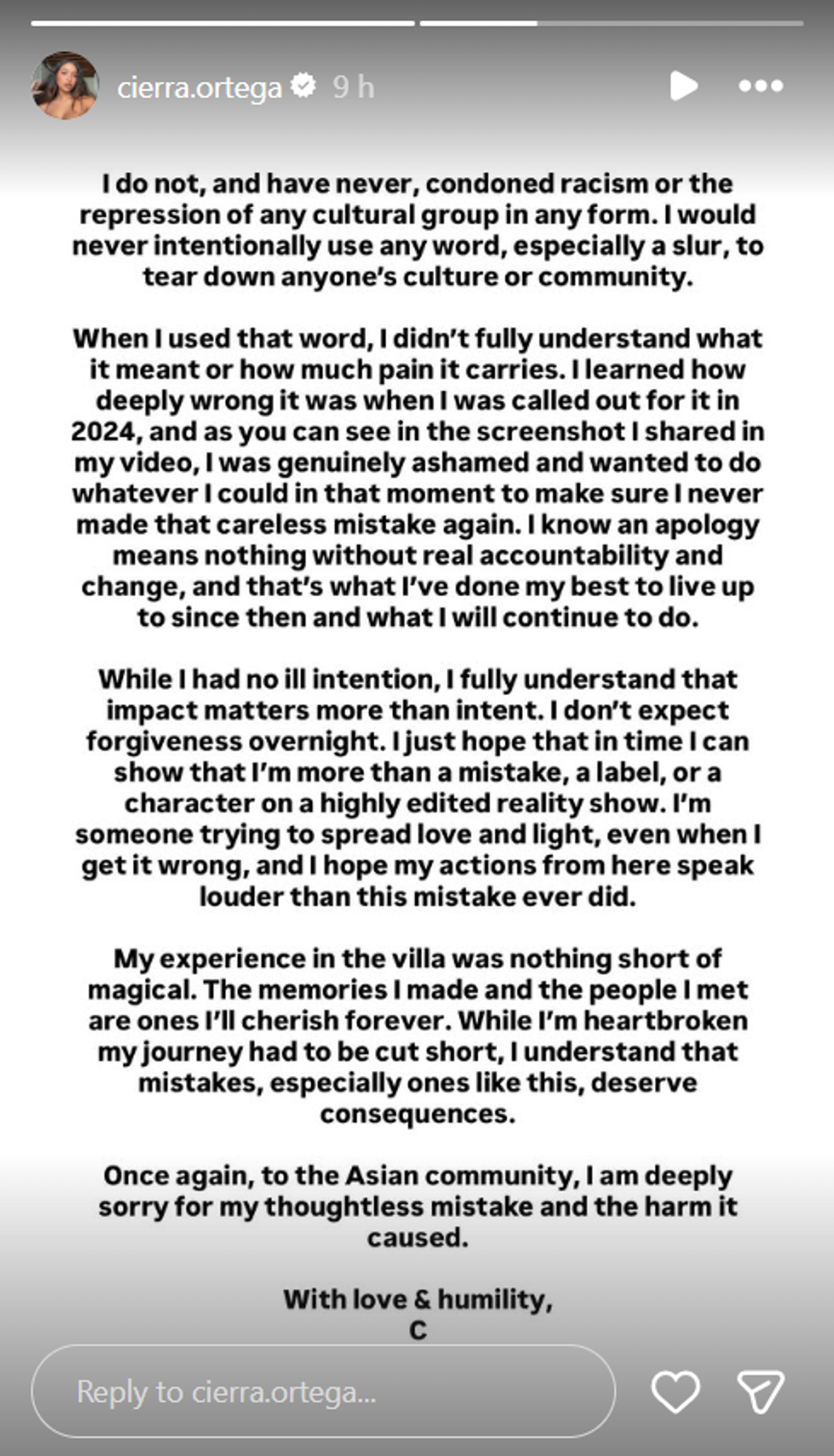 Ortega’s Instagram story Instagram Screengrab/
Ortega’s Instagram story Instagram Screengrab/ The Love Island USA contestant apologised to the Asian community onlineInstagram/
The Love Island USA contestant apologised to the Asian community onlineInstagram/ Love Island USA aired a message urging viewers to stop harassing contestantsInstagram/
Love Island USA aired a message urging viewers to stop harassing contestantsInstagram/
 Director Atlee and Allu Arjun brainstorm futuristic concepts with top Hollywood VFX studios in LA Youtube Screengrab
Director Atlee and Allu Arjun brainstorm futuristic concepts with top Hollywood VFX studios in LA Youtube Screengrab 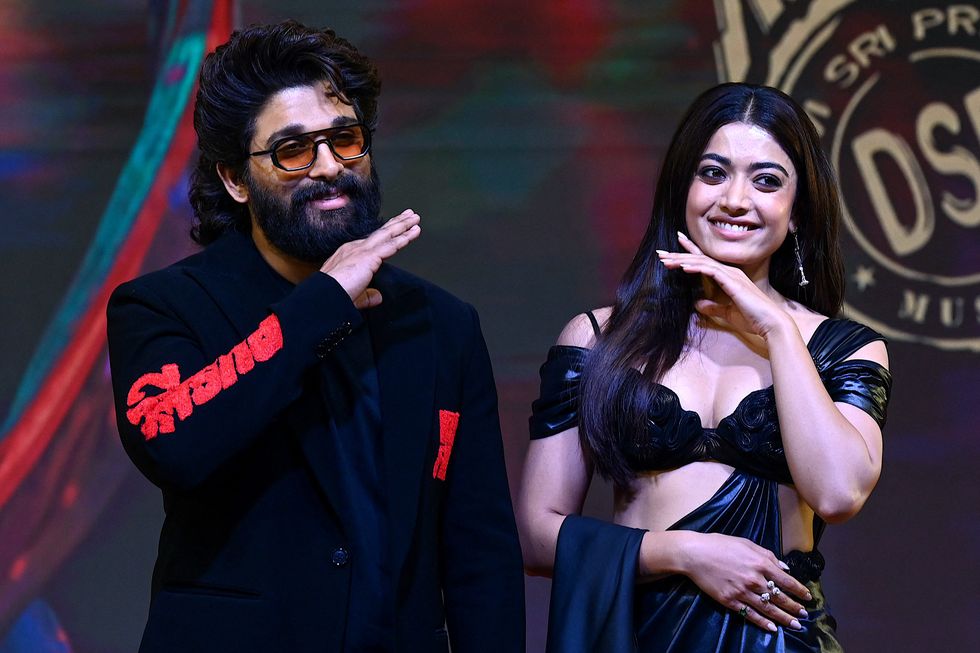 Allu Arjun and Rashmika Mandanna attend a promotional event of their upcoming Indian film 'Pushpa 2: The Rule' Getty Images
Allu Arjun and Rashmika Mandanna attend a promotional event of their upcoming Indian film 'Pushpa 2: The Rule' Getty Images 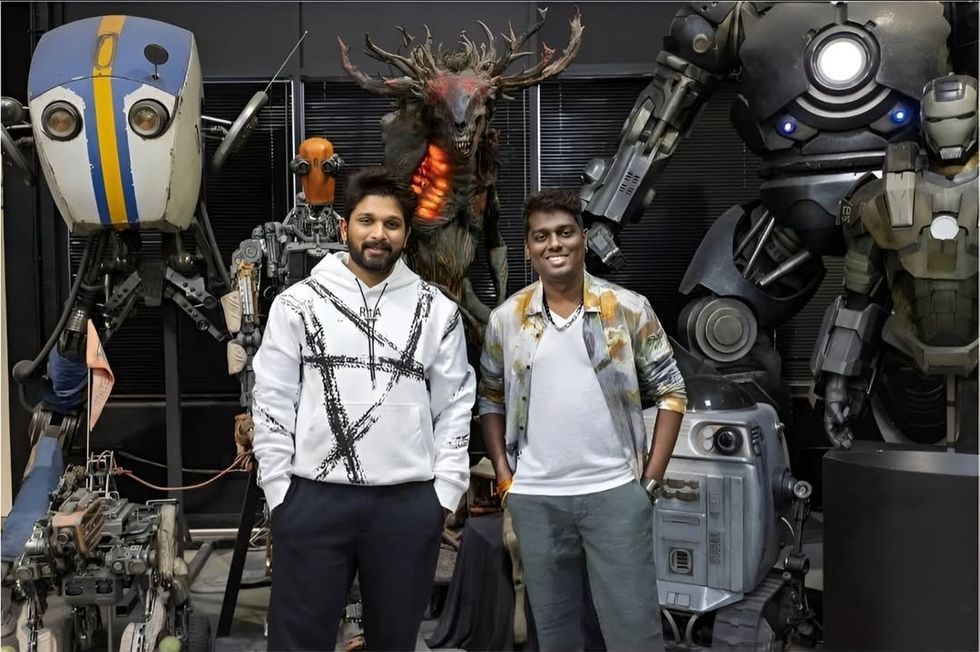 Atlee\u2019s and Allu Arjun's\u00a0next promises a grand visual universe with cutting-edge VFX Instagram/filmybaapofficial
Atlee\u2019s and Allu Arjun's\u00a0next promises a grand visual universe with cutting-edge VFX Instagram/filmybaapofficial 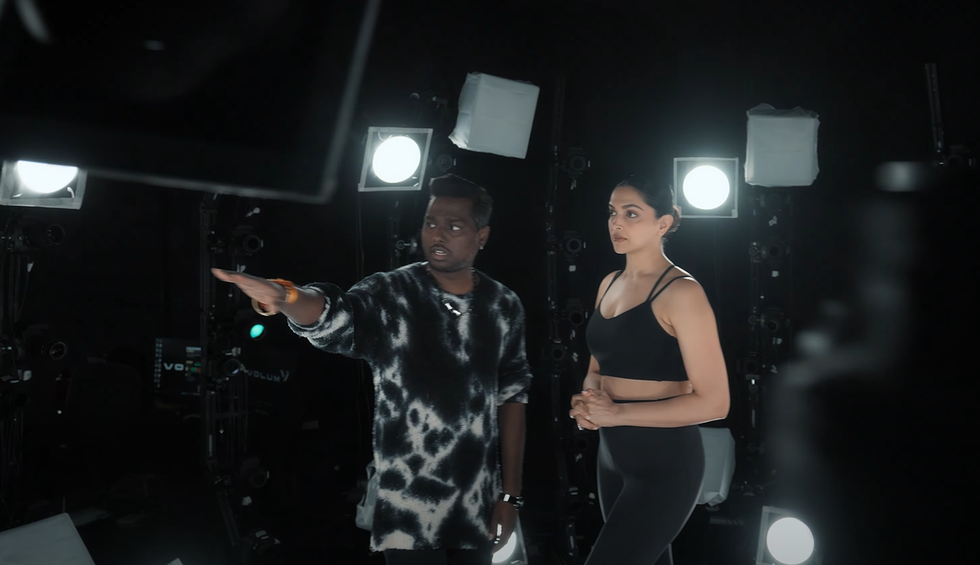 Director Atlee guides Deepika through motion capture choreography Youtube Screengrab/Sun TV
Director Atlee guides Deepika through motion capture choreography Youtube Screengrab/Sun TV 
 Kajol discusses star kids and the changing rules of BollywoodGetty Images
Kajol discusses star kids and the changing rules of BollywoodGetty Images 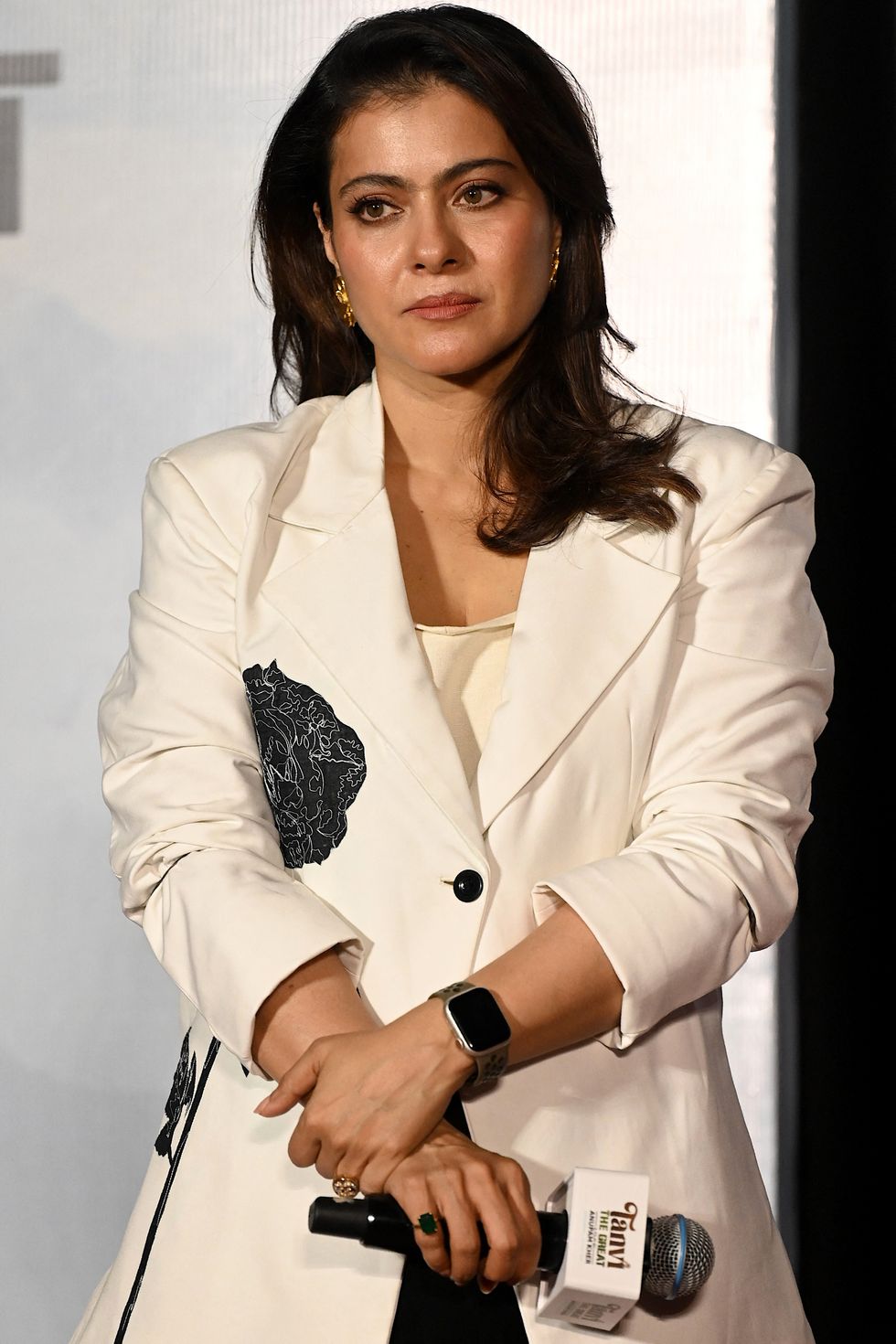 Kajol opens up about the pressure today’s actors face in the industryGetty Images
Kajol opens up about the pressure today’s actors face in the industryGetty Images
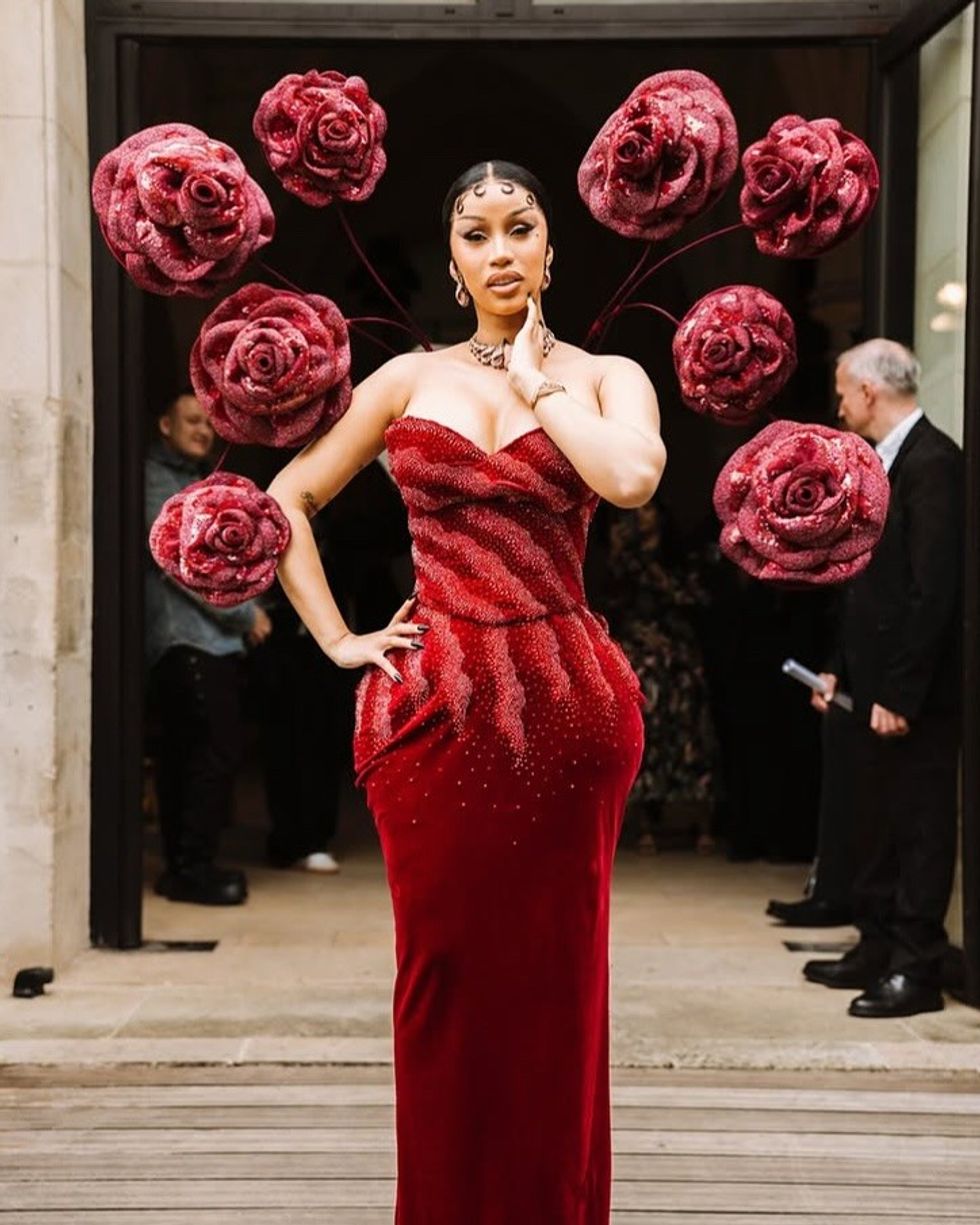 Cardi B's red gown features 3D sculpted flowers and intricate embroideryInstagram/
Cardi B's red gown features 3D sculpted flowers and intricate embroideryInstagram/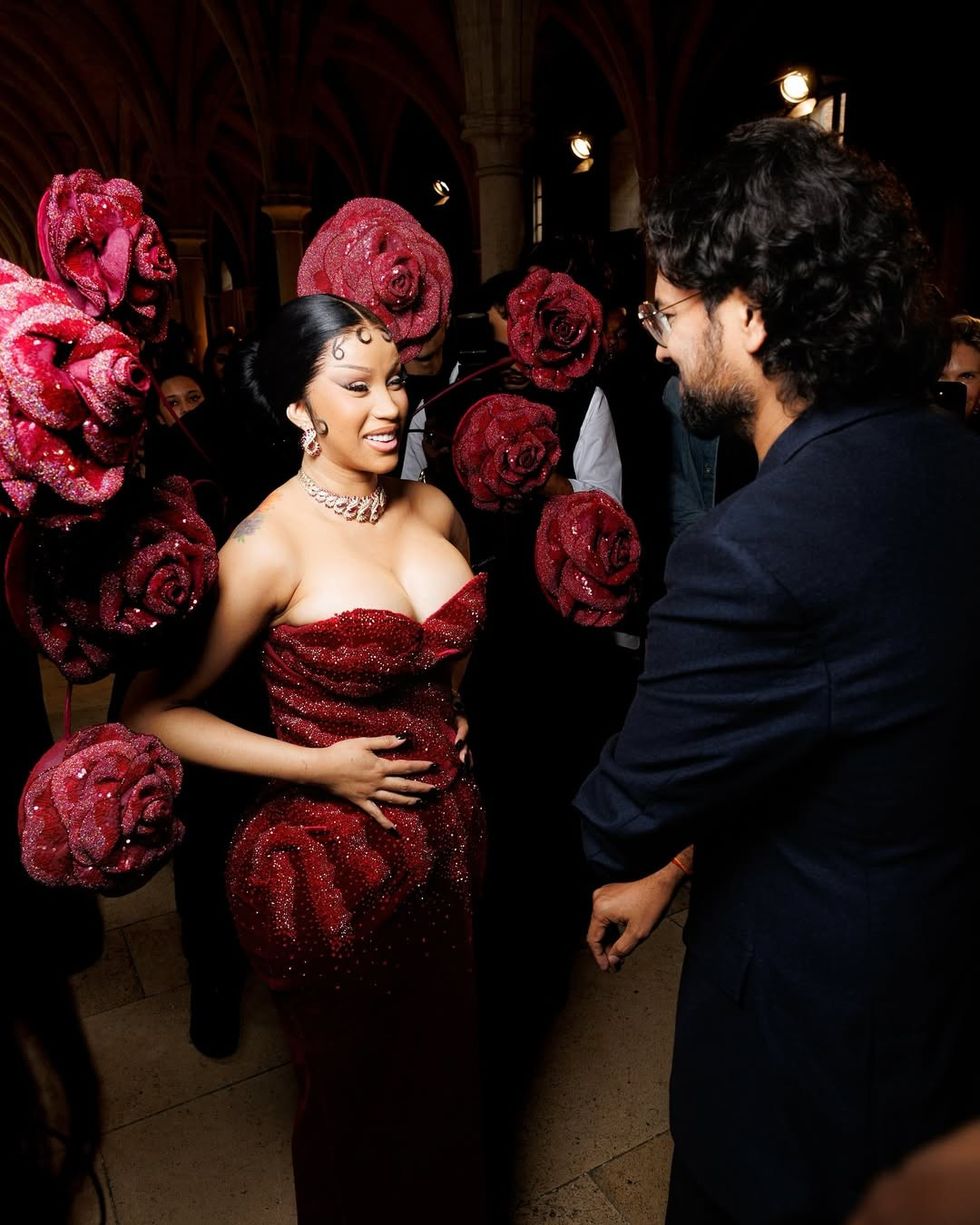 Rahul Mishra’s couture creation turns heads on the Paris streetsInstagram/
Rahul Mishra’s couture creation turns heads on the Paris streetsInstagram/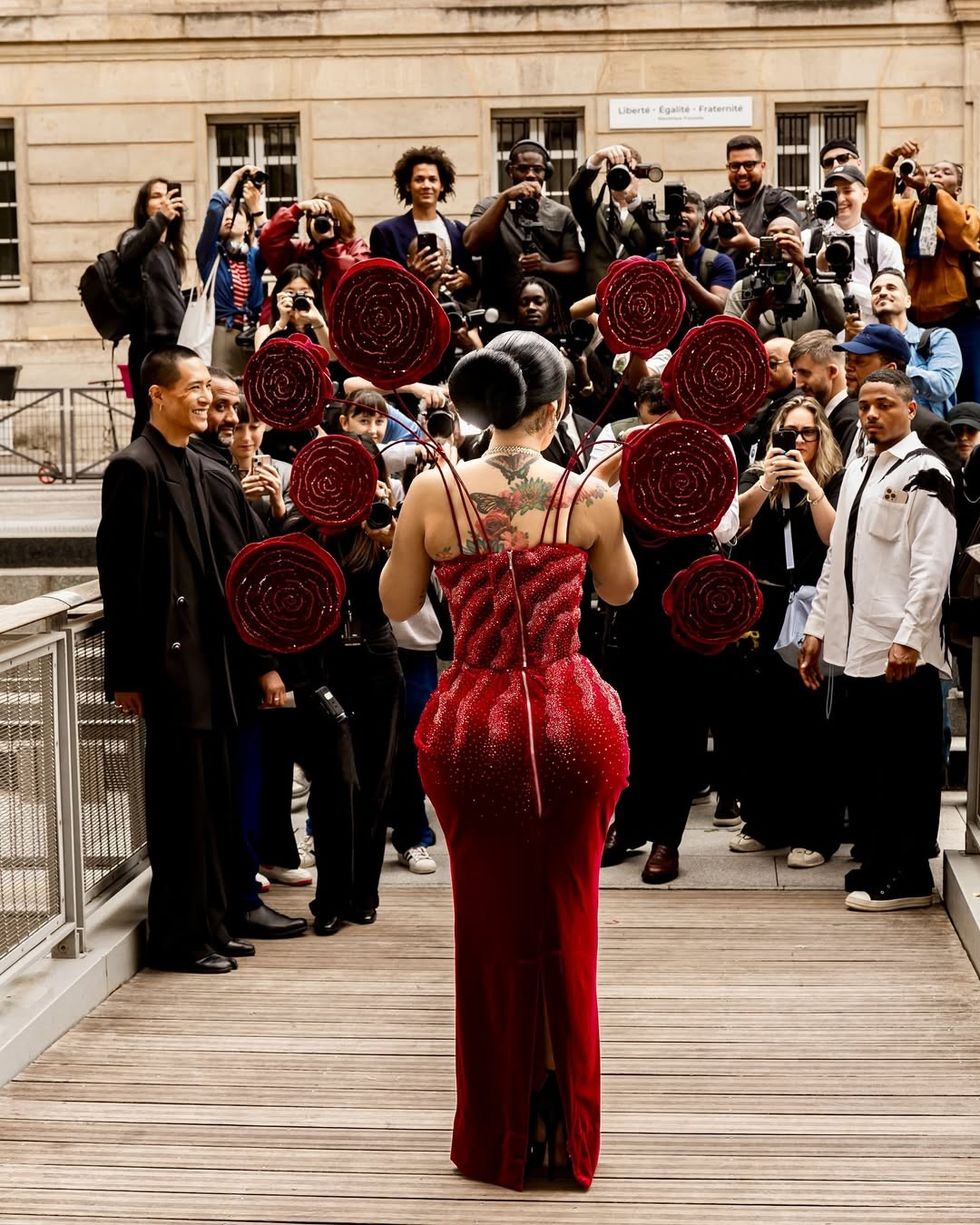 Cardi B steps out in a custom Rahul Mishra dress at Paris Couture WeekInstagram/
Cardi B steps out in a custom Rahul Mishra dress at Paris Couture WeekInstagram/